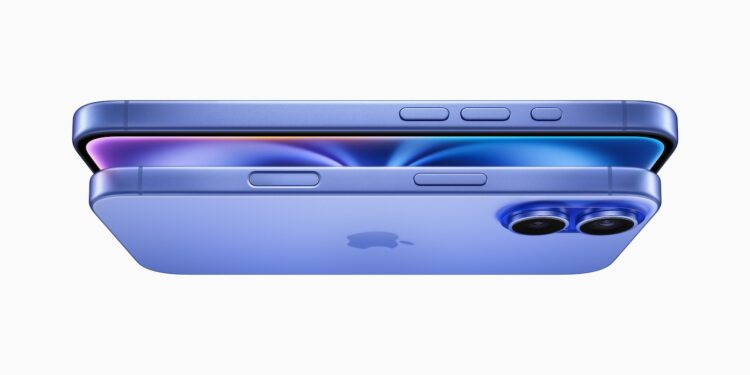iPhone users have long been used to regular but increasingly longer upgrade cycles. While many used to upgrade to the latest model every year or at least every two years, this rhythm has slowed in recent years. But now new data shows that this trend is reversing. More and more users are switching to a new iPhone more quickly. One main reason for this could be the introduction of Apple Intelligence.
The purchasing behavior of iPhone users has been closely monitored by investors, analysts and even Apple itself for years. How often a new model is purchased has a direct impact on the company's sales. If many users use their device for more than four or five years, growth slows. Conversely, shorter upgrade cycles lead to increased sales. A new report from market research company CIRP shows that the number of users who replace their iPhone after two years at the latest has increased. At the same time, fewer people keep their smartphone for longer than three years. The figures suggest that the behavior of many iPhone owners is changing. The question is: why is this happening now?
More users switch after two years or earlier
According to the analysis According to CIRP, in the last quarter of 2024, around 36 percent of iPhone buyers said that their previous device was no older than two years. In the previous year, this figure was 31 percent. At the same time, the proportion of users who had used their iPhone for three years or more fell. The shift is not huge but noticeable. Until now, the iPhone upgrade cycle lengthened with each new generation. The new data now shows that this trend is reversing.
Apple Intelligence as a new incentive for an upgrade
One possible reason for this trend is the introduction of Apple Intelligence. The new AI functions are one of the most important software features that Apple has introduced in recent years. They are intended to significantly improve Siri, make users' everyday lives easier through automation, and ensure better photo and video editing. But not every iPhone supports Apple Intelligence. Most of the new functions are only available from certain models (iPhone 15 Pro / Pro Max and iPhone 16 series). If you own an older device, you cannot use many of these features. This could lead to users deciding to upgrade sooner. Apple is thus relying on a strategy that has worked well in the past. Instead of just convincing users with new hardware, software is now also becoming an important selling point.
Tim Cook confirms high demand for the iPhone 16
Apple CEO Tim Cook recently emphasized that the iPhone 16 is selling particularly well. Demand is particularly high in markets where Apple Intelligence has already been introduced. This suggests that many users are specifically switching to a newer model to benefit from the AI features. If this trend continues, the iPhone upgrade cycle could shorten further. Apple could ensure that more users switch to a new device sooner through regular software innovations.
Apple Intelligence Could Permanently Shorten the iPhone Upgrade Cycle
The figures from CIRP show that the behavior of iPhone users is changing. After years of extending the upgrade cycle, it now seems to be getting shorter again. One possible reason for this is the introduction of Apple Intelligence, which is mainly available on newer devices. Apple could deliberately reinforce this trend by offering future software functions exclusively for new iPhone models. It remains to be seen whether users will go along with this faster upgrade rhythm in the long term. However, there are currently many indications that more and more people are replacing their iPhone sooner than they did a few years ago. (Image: Apple)
- Apple Intelligence: Why the Supercycle is Still Waiting
- Apple faces geopolitical challenge – will it remain stable?
- Apple stock: Morgan Stanley raises price target to $275





